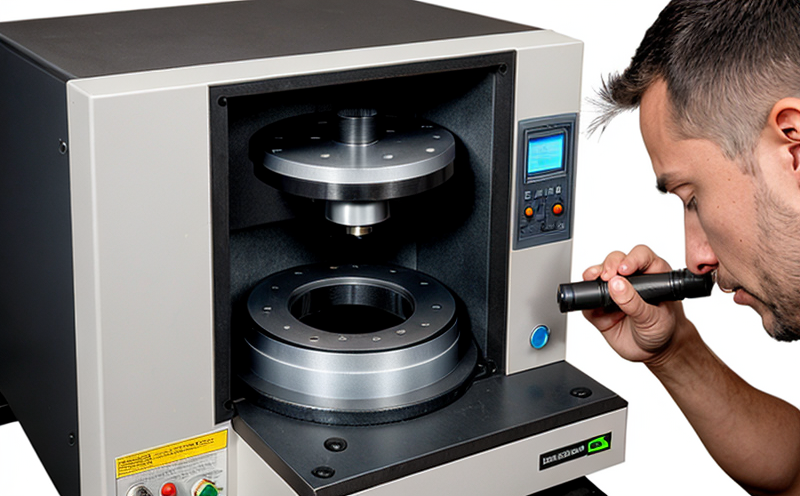ASTM A247 Microstructure of Graphite in Cast Irons
The ASTM A247 standard is a widely recognized method used to evaluate the microstructure and morphology of graphite within cast iron samples. This testing procedure is essential for quality assurance, compliance with industry standards, and ensuring the mechanical properties of cast iron parts meet specific requirements.
Cast iron is an alloy composed primarily of iron, carbon, and silicon. The presence and form of graphite (carbon) in cast iron significantly influence its mechanical behavior. ASTM A247 helps determine whether the graphite has formed into flake or spheroidal structures, which can affect properties such as wear resistance, machinability, and tensile strength.
The test involves carefully preparing the sample by sectioning it along a predetermined plane to ensure an accurate representation of the microstructure. Once prepared, the specimen is etched with a suitable reagent that highlights differences in grain structure for easier analysis under a microscope. The analyst then examines the sample using optical or scanning electron microscopy (SEM) according to ASTM A247 guidelines.
This method provides detailed information about the size, shape, and distribution of graphite within the matrix, allowing manufacturers to optimize their casting processes. By adhering strictly to ASTM A247, labs can ensure consistent results across different batches or suppliers, thereby enhancing product reliability.
Real-World Applications
In industries like automotive manufacturing and construction equipment production, where components made from cast iron play crucial roles, ASTM A247 testing ensures that these materials are suitable for their intended applications. For instance, in the automotive sector, understanding how graphite affects wear resistance is vital when designing engine blocks or transmission parts.
- Automotive Manufacturing: Ensures durability and longevity of critical components like cylinder heads and pistons.
- Construction Equipment: Enhances reliability by optimizing materials for high-stress environments.
Specimen Preparation
Proper sample preparation is critical in ASTM A247 testing. Specimens must be carefully cut to reveal the desired microstructure, typically along a plane that exposes both iron and graphite phases clearly. After cutting, sections are polished until they reach a suitable level of smoothness for accurate etching.
The etchant used in this process plays a significant role in revealing distinct features of the graphite particles. Commonly employed etchants include Nital (Nital is a mixture of nitric acid and alcohol), which selectively attacks certain areas, making graphite stand out against the iron matrix.
Eurolab Advantages
- Expertise: Our team comprises seasoned metallurgists experienced in conducting ASTM A247 tests according to international standards.
- State-of-the-Art Equipment: We utilize advanced optical and SEM microscopes capable of providing high-resolution images necessary for precise analysis.
- Rapid Turnaround Times: Leveraging our efficient workflow, we can deliver accurate results within days instead of weeks.
Why Choose This Test
The ASTM A247 test offers several advantages over other methods for assessing graphite morphology in cast irons. It provides detailed insights into the nature and distribution of graphite, which are key factors influencing mechanical properties.
- Comprehensive Analysis: By examining both macroscopic and microscopic aspects, ASTM A247 ensures thorough evaluation of materials.
- Regulatory Compliance: Adherence to this standard guarantees that products meet strict regulatory requirements set by various governing bodies.
Environmental and Sustainability Contributions
Cast iron production is inherently resource-intensive, but understanding the graphite content through ASTM A247 testing can lead to more efficient manufacturing practices. For example, optimizing the graphite structure reduces waste during casting and improves material efficiency.
- Resource Efficiency: By minimizing unnecessary graphite content, manufacturers reduce raw material consumption.
- Energy Savings: Optimized structures allow for better heat distribution, potentially lowering overall energy costs.





